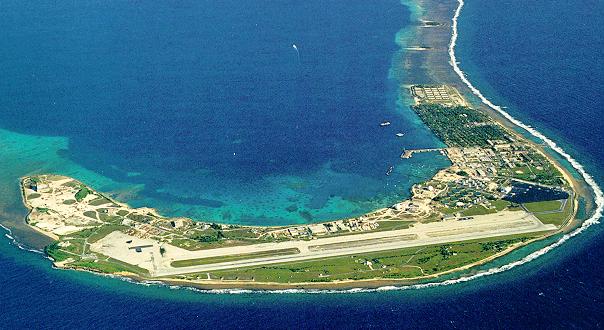
The Marshall Islands will host a major fisheries meeting later this month that aims to develop measures to reduce current heavy fishing that has put bigeye tuna stocks in jeopardy.
“The status quo won’t cut it,” said Marshall Islands Marine Resources Authority Director Director Glen Joseph Friday about current levels of fishing for bigeye. “We need to take action now while we have the opportunity or the stock will crash.”
Following repeated scientific reports stating that bigeye is being overfished, “this is a concern that everyone shares,” Joseph said.
“The difficulty is getting everyone to agree on a meaningful measure (to conserve bigeye).”
From August 19-21, scientists, fisheries agency officials and industry representatives will meet in Majuro at the Western and Central Pacific Ocean Bigeye Tuna Management Workshop, jointly sponsored by the Marshall Islands Marine Resources Authority and the Honolulu-based Western Pacific Regional Fisheries Management Council.
It follows on an initial bigeye management meeting in Honolulu in April. Both are aimed at developing common ground for a conservation measure that can be proposed to the annual meeting of the Western and Central Pacific Fisheries Commission or WCPFC in early December.
Joseph said the April meeting was helpful because it was well attended by industry representatives who reported on actions they are already taking that can be included in a conservation measure proposed to the WCPFC.
He said purse seiners are modifying gear to reduce bycatch. “It was good to hear from the industry on mitigation actions they are taking,” he said.
“During the Majuro meeting, we will explore options for a measure for WCPFC,” Joseph said. “We want to contribute, so where better to hold the meeting than in the Marshall Islands?”
Bigeye tuna — which is a prized tuna for sashimi markets in the U.S., Asia and Europe — is seeing “alarming levels of catch,” he said.
“We’re at a crossroads. We are running out of time.”
In its first decade of operations, the WCPFC has functioned by consensus, which has prevented Pacific islands from seeing more aggressive conservation measures adopted by the regional fisheries management body.
At both the 2013 and 2014 WCPFC annual meetings, the organization did not adopt cutbacks and conservation measures to the extent proposed by the islands. Joseph hopes that the WCPFC is not forced to begin voting.
While the islands currently hold a majority over distant water fishing nations and could possibly bulldoze a conservation measure through a vote, it could also undermine cooperation needed between industry and island countries to implement management measures.
Joseph said he’s encouraged by the industry’s spending to convert fishing gear on its vessels. “Their investment in change shows they support long-term sustainability of the resource,” he said.
The key point, he said, is that “we need everyone to do the same, or at least to do something different so we achieve a result (for protection of bigeye tuna).
